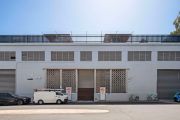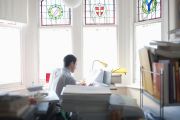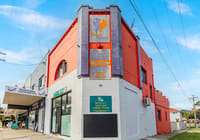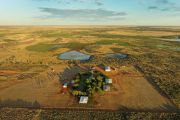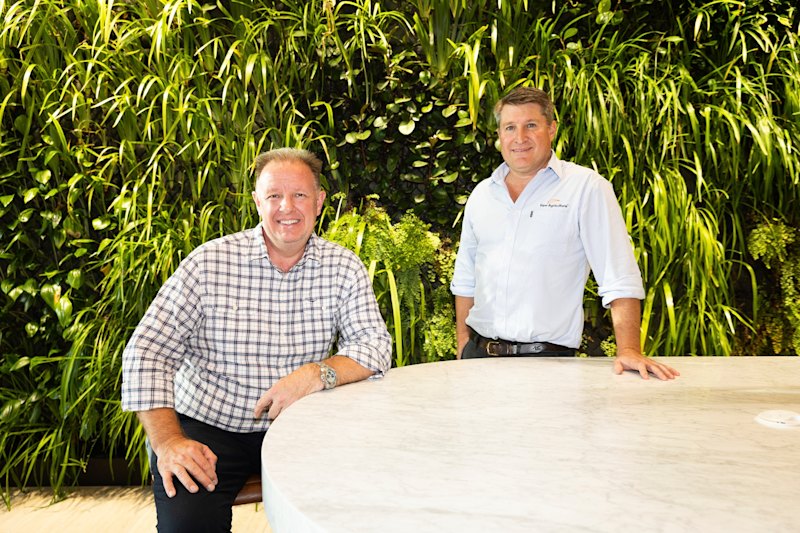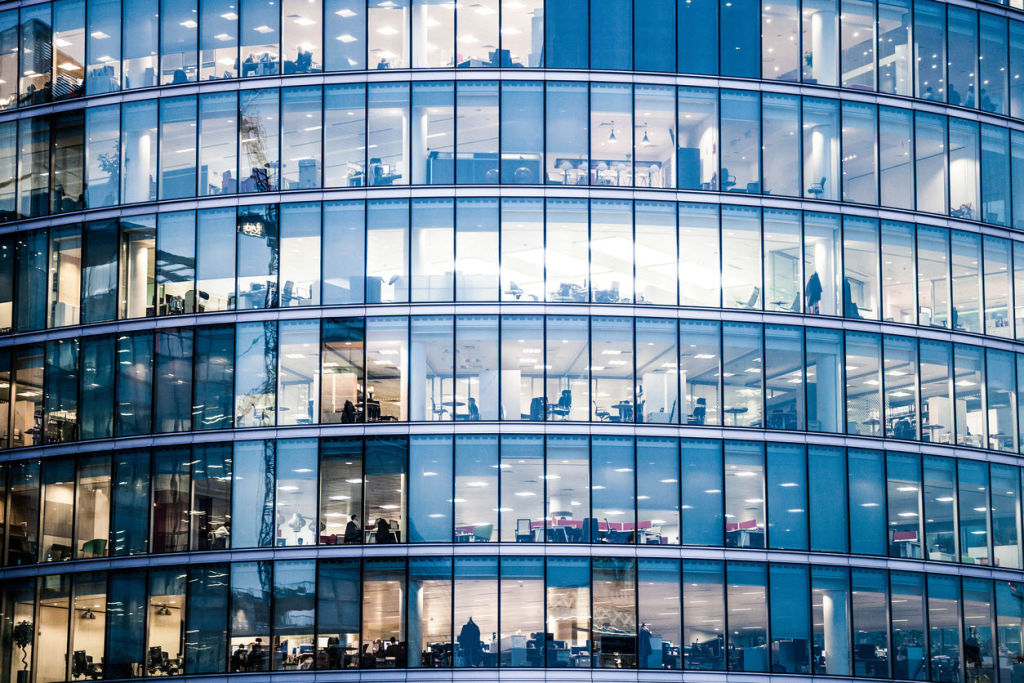
Office markets have recovered from worse crises than COVID, figures show
Reports of the death of the CBD office are greatly exaggerated, major national research covering 25 office markets around Australia has asserted.
While COVID-19 has hit the office market hard in most of Australia’s capital cities – the vacancy rate increased to 11.9 per cent over the six months to July 2021, the highest in 25 years – it has bounced back from worse crises in the past.
“The office market is not dead,” Adrian Harrington, the head of capital and product development at Charter Hall, told an online seminar of the Property Council of Australia (PCA) on Thursday. “It’s had a shock to the system, but we’ve had three other shocks in the past where demand dropped off more significantly than it has in this cycle, and it recovered.
“We’ve had the recession of 1991-92, the tech boom and bust of 2001-02 and the global financial crisis of 2008 and none of those killed the office market either. That puts it into perspective and shows how resilient it is. The office market is changing and evolving, but it is still here, and it will continue to evolve as it comes out of COVID.”
The PCA’s new Office Market Report examined data from around 4000 office buildings across the country and used historical data since January 1990 for total stock, vacancy, supply, withdrawals and net absorption, with a comprehensive list of future supply and development projects.
It found that – contrary to many experts’ expectations with CBDs so quiet over the pandemic and companies talking about relocating their workforces to suburbs closer to homes – that the non-CBD vacancy rate increased more sharply than that in the CBDs.
The main reason for that was an increase in the supply of offices in non-CBD centres, it found, with only East Melbourne and Sydney’s Macquarie Park recording vacancy rates below 10 per cent, joined by the CBDs of Canberra and Sydney. The areas hardest hit were West Perth with a vacancy rate of 19 per cent, the Perth CBD at 17 per cent, and North Sydney and Melbourne’s St Kilda Road, both at 16 per cent.
In the six months to July 2021, however, Sydney and Melbourne were the only capital cities to record vacancy increases, from 8.5 per cent in Sydney’s CBD to 9.2 per cent, and up from 8.4 per cent to 10 per cent in the Melbourne CBD. Melbourne was the only capital to record negative demand over the period of nearly 100,000 square metres of office space.
In contrast, Canberra’s vacancy rate fell from 10.1 per cent to 7.7 per cent, Brisbane’s from 13.6 per cent to 13.5 per cent, Adelaide’s from 16 per cent to 15.7 per cent and Perth’s CBD from 19.9 per cent to 16.8 per cent.
“When you look at sublease vacancies, from January 1990 to July 2021, CBD vacancies didn’t fall as low as after the tech crash or the GFC,” said Harrington. “So, COVID hasn’t hit as hard as people expect.
“And since early 2019, sublease vacancy continued on its upward trajectory in both the Australian CBD and non-CBD markets. But we are seeing a move to prime buildings over secondary stock.”
Supply of office space will continue to grow, too, over the next two years, with Melbourne stock, in particular, leading the way and set to contribute to more than half the supply due to be added to the Australian CBD markets over the next six months.
Major projects to be delivered in Melbourne include the 66,000-square-metre 405 Bourke Street, the 33,000-square-metre 1000 La Trobe Street, the 30,000-square-metre 100 Queen Street and 750 Collins Street with 39,000 square metres of space, all due later this year. Next year, the 25,700-square-metre 637 Flinders Street should be finished.
In Sydney, there’ll be 570 George Street with 18,000 square metres later this year, and next year will come the 19,000-square-metre 255 George Street, the 75,000-square-metre 50 Bridge Street and the 55,000-square-metre 180 George Street. In 2024, there’ll be the 31,000-square-metre 33 Alfred Street.
Many companies still occupy as much space as they did pre-COVID but are reconfiguring it to provide more flexible work models, with staff dividing their time – out of lockdown – between the office and home.
Executive vice-president and co-head Australia of Brookfield Properties Carl Schibrowski said the new Brookfield Place on Carrington Street, Sydney, was close to fully occupied at the start of last year before the pandemic hit. “We saw some then fall away, but it continued onwards strongly,” he said.
“A lot of companies were taking stock as to what their workplaces needed and would need going forward. They decided they needed more flexibility, but ultimately, they took up those floors and thankfully, it ended up being fully let at completion.”
At QBE, head of property and facilities Steve Elliott said they’d conducted a review of what office space they’d need into the future. “We did a lot of listening exercises with staff,” he said. “They were enjoying working from home, and so we built flexibility into our future growth.
“We found 10 per cent of staff wanted to work five days a week in the office, 10 per cent wanted to work from home, and 80 per cent wanted a hybrid model. “
Suzette Lamont, the global head host of client solutions at CBRE, agreed that the hybrid model is now the way forward for many companies. “Flexibility is here to stay,” she said.
She listed the advantages of working from home as removing the drain of the commute and restrictions on where staff can live, and the opportunity to carve out the day as people want, to include laundry and exercise and an afternoon nap.
“But the cons are less around individuals and more about our society,” Lamont said. “The biggest con is mental health, and there’s a lot of research around this showing that isolation can lead to anxiety and depression. There’s also the deflation of societal values.”
People working from home may also suffer from a lesser sense of belonging and less communication with work colleagues, as well as the lack of opportunities for collaboration and exchanging of ideas, she said. One company in Singapore found that 50 per cent of new employees coming in during COVID had already quit.
So, offices are still vital, believes Harrington, and in addition to domestic demand for office space, there are also a number of overseas investors looking to buy. “There’s a wash of global capital still coming into Sydney and Melbourne,” he said. “With vacancy rates below 10 per cent, that’s very impressive on a global scale.”
